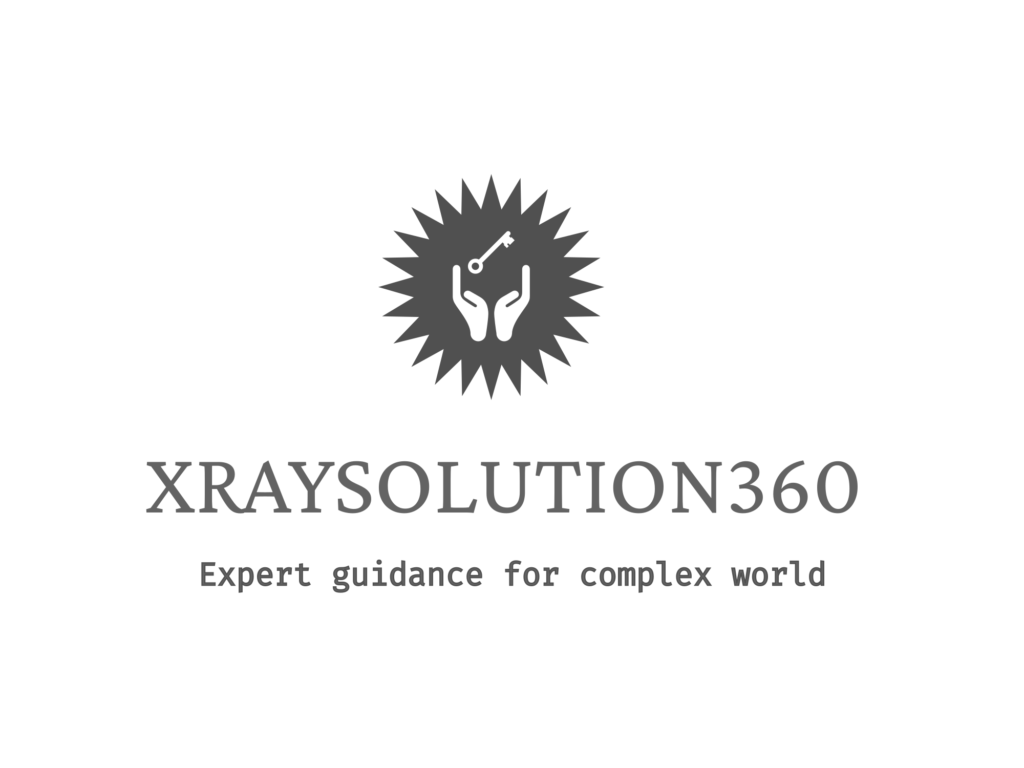A Change in Layout refers to any modification, relocation, or repositioning of diagnostic X-ray equipment from its original setup within a facility. This process requires regulatory approval from the Atomic Energy Regulatory Board (AERB) to ensure continued compliance with radiation safety standards. Here’s what is involved:
- Purpose:
- To ensure that changes in the physical layout of an X-ray room or the repositioning of equipment maintain adequate radiation protection.
- To confirm that any changes in shielding and placement still meet the requirements for worker safety and public protection.
- When Change in Layout is Required:
- Relocation: When moving X-ray equipment to a different room or changing its position significantly within the same room.
- Modifications: When modifying the physical structure of the room, such as walls, ceiling, or flooring, which affects radiation shielding.
- Installation of New Equipment: When new or additional X-ray equipment is added, requiring changes to the existing room configuration.
- Approval and Inspection:
- The AERB will review the submitted layout changes to ensure compliance.
- In some cases, an inspection may be required to verify that the modifications meet all radiation safety standards.
- The layout must continue to ensure minimum radiation exposure to both workers and the public.
- Conditions for Approval:
- Adequate shielding must be in place to ensure radiation exposure is within permissible limits.
- Proper placement of equipment must ensure that operators can maintain a direct view of the patient, and all safety protocols for monitoring are adhered to.
- Documentation and Compliance:
- The facility must provide all supporting documents, such as updated shielding calculations and room modifications.
- After approval, the facility is responsible for maintaining compliance with the new layout and making any further modifications as required by AERB.
A Change in Layout is crucial to maintaining optimal radiation protection when any changes are made to the structure or arrangement of X-ray equipment. It helps ensure that safety protocols are continually met even after physical modifications to the facility.


